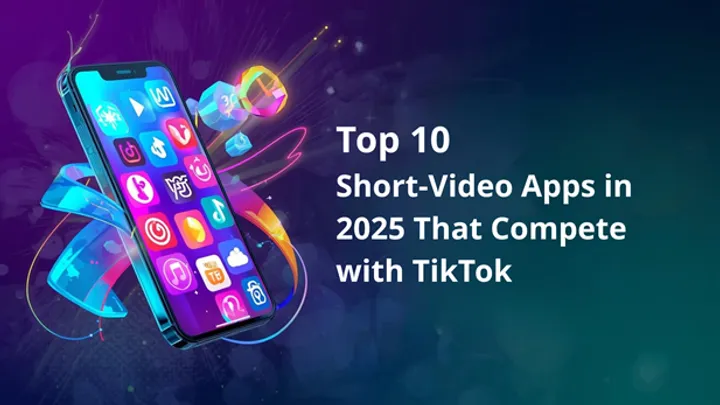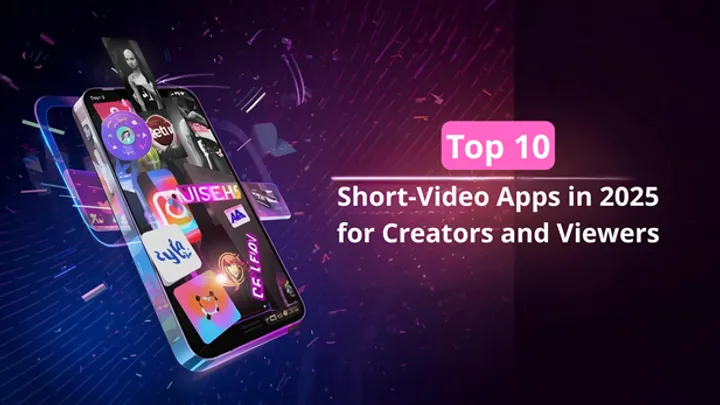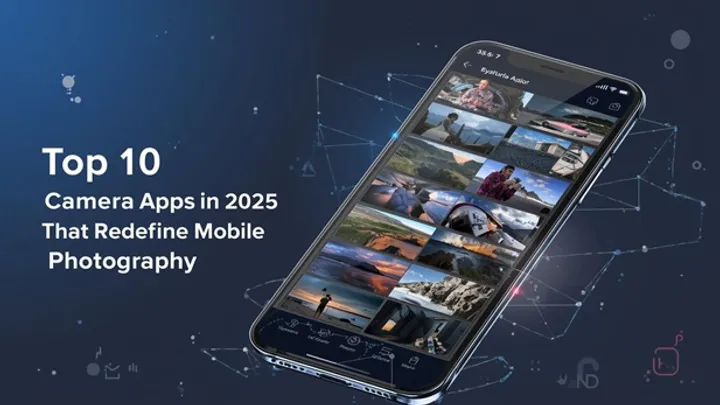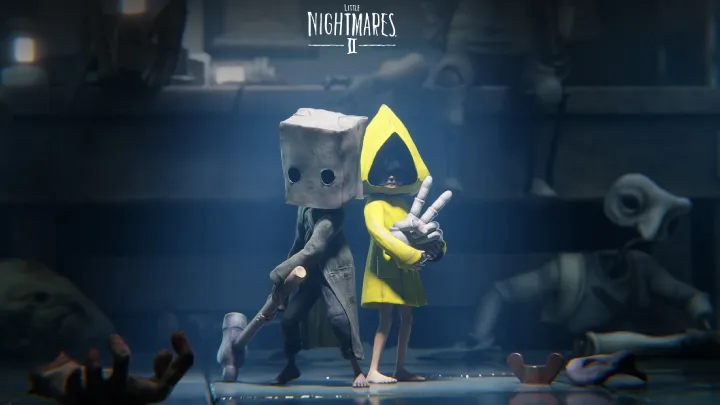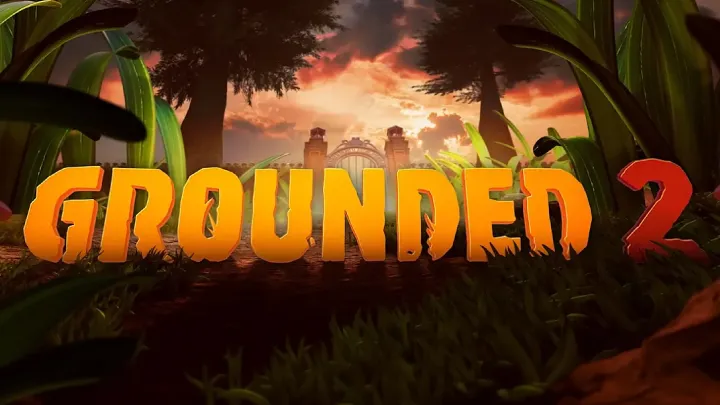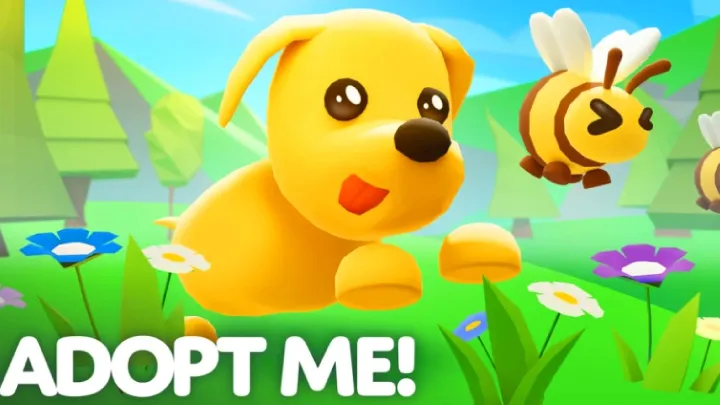Introduction
Indie games used to be dismissed as small-scale projects with limited reach. But over the past two decades, independent developers have shown that creativity often flourishes outside the boundaries of big studios. Without the weight of AAA budgets, indie games can take risks, explore unconventional ideas, and build new communities.
From minimalist puzzle design to emotionally resonant storytelling, indie developers have stunned the industry by creating experiences that became global sensations. Some indie hits redefined genres, while others proved that even with tiny budgets, a single inspired idea can resonate with millions of players.
Here are ten indie games that surprised the world, each leaving a unique mark on gaming history.
1. Minecraft (2009)
It’s almost strange to think of Minecraft as an indie game, but that’s how it began — developed by Markus “Notch” Persson in 2009. What started as a blocky sandbox evolved into one of the best-selling games of all time.
The surprise wasn’t just in its sales, but in how it changed how people thought about play. Instead of quests and goals, Minecraft gave players tools to build, survive, and create. It blurred the line between game and platform, powering countless mods, servers, and even classrooms using it for education.
Today, it’s a cultural phenomenon, proving that a simple indie experiment can grow into the most influential sandbox of all time.
2. Undertale (2015)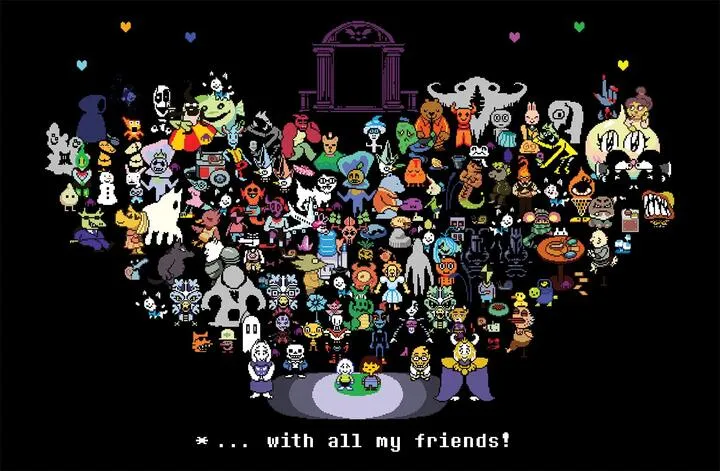
Toby Fox’s Undertale shocked the gaming world with its blend of humor, empathy, and inventive RPG mechanics. Made largely by one person, the game offered players a choice: fight monsters, or show mercy.
Its quirky characters, from Papyrus to Sans, became internet icons. The game broke RPG conventions by making combat about understanding and kindness instead of violence. Every choice mattered, and multiple endings encouraged replay.
The surprise came from its massive cultural footprint — speedruns, fan art, and music covers turned Undertale into a global indie legend.
3. Hollow Knight (2017)
From Team Cherry, a small Australian studio, Hollow Knight became one of the most beloved modern Metroidvania games. Its hand-drawn art style, challenging combat, and expansive interconnected world stunned players with depth rivaling big-budget titles.
The surprise wasn’t just quality, but scale. Few expected an indie game to offer dozens of hours of exploration, secrets, and boss battles. Its emotional atmosphere and haunting soundtrack made it a masterpiece that indie fans and critics alike hail as one of the genre’s best.
4. Stardew Valley (2016)
Created entirely by Eric Barone (ConcernedApe), Stardew Valley was a heartfelt homage to Harvest Moon. But it quickly grew beyond tribute into a worldwide farming RPG phenomenon.
Players fell in love with its combination of farming, relationships, mining, fishing, and town life. Barone’s solo work stunned the industry, especially as he continued updating the game with free content for years.
The surprise was how one person’s passion project became a comfort game for millions — inspiring community mods, co-op farming, and even a resurgence of the farming sim genre.
5. Celeste (2018)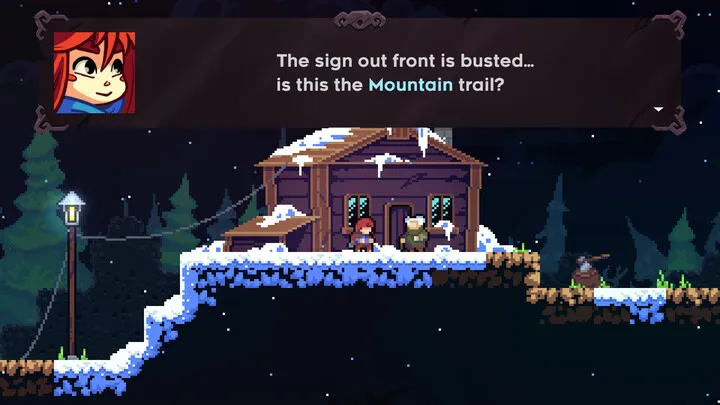
On the surface, Celeste is a tough precision platformer. But beneath its pixelated mountains lies a deeply personal story about mental health, perseverance, and self-discovery.
Developed by Maddy Makes Games, it surprised players by blending brutal but fair platforming challenges with heartfelt narrative design. The assist mode also ensured accessibility, proving difficult games could still welcome everyone.
Its combination of emotional impact and mechanical brilliance made Celeste more than a game — it became an experience many players cherish for its honesty and artistry.
6. Among Us (2018, breakout in 2020)
Released quietly in 2018 by InnerSloth, Among Us went mostly unnoticed until the pandemic. Suddenly, in 2020, it became a viral sensation, dominating Twitch, YouTube, and online social spaces.
Its simple premise — find the impostor among the crew — captured the essence of party games and social deduction. Streamers embraced it, turning its colorful bean-shaped characters into global memes.
The surprise was its timing and explosive reach: from near obscurity to cultural phenomenon, Among Us showed how indie games can thrive in the right social context.
7. Cuphead (2017)
Cuphead stunned the world with its 1930s cartoon-inspired visuals, painstakingly hand-drawn and animated frame by frame. But its gorgeous style wasn’t the only surprise — it was also brutally challenging, blending run-and-gun action with boss rush gameplay.
Developed by Studio MDHR, the small Canadian team poured years of labor into its artistry. The surprise lay in how an indie studio recreated a vintage animation aesthetic while delivering tight, addictive combat.
Cuphead became an award-winning hit, spawning merchandise, an animated Netflix series, and cementing itself as one of the most iconic indie titles ever.
8. Limbo (2010)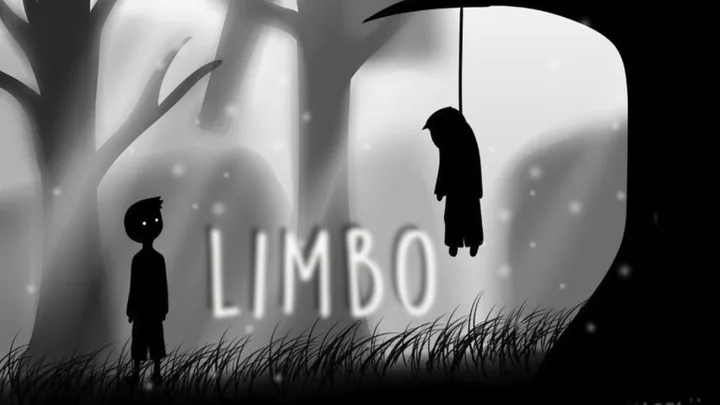
Playdead’s Limbo was among the first indie titles to prove that minimalism could be powerful. With its monochrome visuals, eerie soundscape, and silent protagonist, it created a haunting world of puzzles and danger.
The surprise came from its impact: Limbo showed the industry that indie games could be artful, atmospheric, and emotionally gripping. It paved the way for later titles like Inside and influenced countless puzzle-platformers.
Even today, its iconic silhouette art style remains unforgettable in the indie landscape.
9. Hades (2020)
Supergiant Games had already built a reputation with Bastion and Transistor, but Hades took the indie studio to another level. Combining roguelike structure with fluid combat and rich storytelling, it redefined what the genre could achieve.
The surprise was not only critical acclaim but also commercial success. Players were captivated by its evolving narrative, where repeated runs built relationships with gods and characters. Winning multiple Game of the Year awards, Hades proved an indie could stand alongside the biggest AAA titles.
10. Journey (2012)
Developed by Thatgamecompany, Journey shocked players by delivering one of the most emotionally resonant experiences in gaming — without a single line of dialogue.
Its cooperative mechanic, where players could meet strangers online and communicate only through musical chimes, was revolutionary. The game became a meditation on companionship, beauty, and the human spirit.
The surprise lay in its reception: Journey was nominated for Game of the Year alongside blockbuster franchises, proving that quiet, artful indie games could stand tall in mainstream awards.
Conclusion
Indie games have reshaped the industry by surprising us when we least expect it. From Minecraft’s blocky worlds to Journey’s silent beauty, these titles showed that innovation, heart, and creativity can outweigh massive budgets.
They didn’t just succeed commercially; they inspired entire genres, communities, and generations of players. Indie games will continue to surprise the world because they thrive on risk, individuality, and passion.








